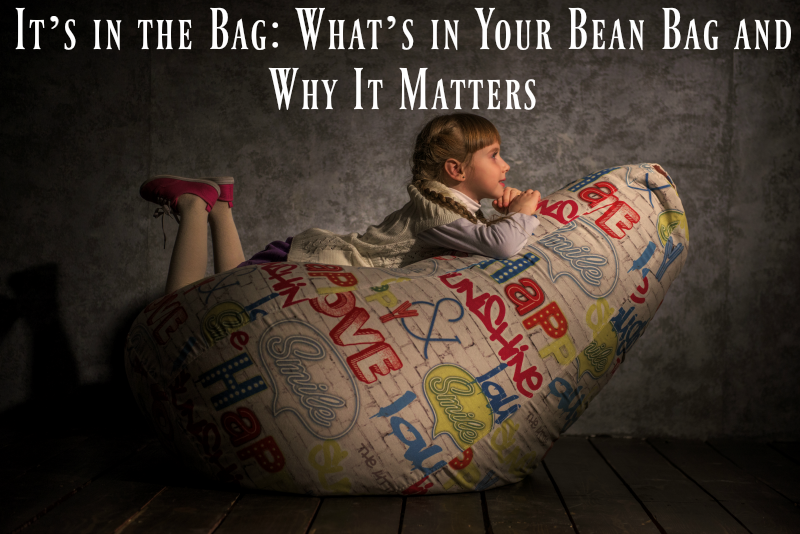Bean bags are stylish, fun and most importantly, comfortable. And with so many different designs, colors and fabrics to choose from, you can choose a bean bag that’s in-keeping with your decor and your requirements. Whether you’re looking for some additional seating in your living room or you’re wanting to kit out your home theater with some comfortable seats, bean bags are an ideal solution. But with so many different fillings, which one do you choose?
Each filling will provide a different set of benefits and will suit a different range of needs. So, familiarize yourself with the different fillings that are available, and pick the right bean bag for you:
Bean Bags Filled with EPS Beads
Expanded polystyrene (EPS) is a common filling within most bean bags, and is a man-made material that you’ll also find being used for cushioning parcels during transport and disposable cups. Because of its lightweight but rigid nature, it’s great for using in bean bags, as they’re easy to move round but will retain their shape for many years. These beads are also heat- and moisture-resistant, which is another great quality for a piece of furniture that’s going to get used a lot.
Unfortunately, EPS beads aren’t biodegradable but they can be recycled or reused in different ways. If you want to get rid of the beads from inside your bean bag, you could pass them onto a recycling center, or use them at home as a potted plant soil filler or for crafts. Alternatively, if you are looking for a bean bag filling, you’re better buying new rather than recycled beads because they’ll last longer.
Bean Bags Filled with EPP Beads
Expanded polypropylene (EPP) is another popular manmade bean bag filling but you’re more likely to find this in Asia than in Europe or the U.S. These types of beads do have a few more benefits than EPS beads and some other fillers because they’re durable, strong and very resilient. This means that when you’ve been sat on your bean bag for a long period of time and get up, it’ll quickly go back to its original size and form, showing that the beads can be compressed without losing their sought-after cushioning quality.
They can also last longer than EPS beads as they don’t lose their volume as quickly and the odor they give off isn’t as strong. However, they are highly susceptible to burning and fire, and when they’re exposed to oxygen, they degrade.
Bean Bags Filled with Foam
This is a newer filling for bean bags and follows the popularity of memory foam mattresses for beds. And, just like their bed counterparts, foam bean bags are becoming increasingly popular, with many buyers giving them rave reviews.
As a type of polyurethane, memory foam has been specially produced to increase its viscosity and density. This is why it can also be called low-resilience polyurethane (LRPu) foam and viscoelastic foam. Initially developed for NASA in 1966, this has now become a popular household material, especially within mattresses and pillows.
Because of how they can be compressed (they can be reduced to a quarter of their size for shipping), they’re very easy to transport. They’re also available in a number of different designs (visit Fombag for ideas), which makes them great for a variety of different rooms in the house where you want to add comfortable seating.
Bean Bags Filled with Natural Materials
You may have been wondering how bean bags got their name, but the “bean” aspect of this comes from the natural dried beans or other grains (corn or rice, for example) that were used to fill these seats many years ago. As people look for more eco-friendly things for their home, these types of natural fillers have become popular again, with one of the most popular fillings being buckwheat hulls. Even though they’re hard, if they’re placed within a bean bag that’s got a thick lining, they can provide the same comfort as other types of bean bags.
Whatever bean bag filler you opt for, it’s important that you make sure they’re safe, especially when they’re being used for children. As many of them contain beads, which will be harmful if swallowed, U.S. laws stipulate that all bags should have zippers that have a parental lock on them and that they’re double stitched. Before you use them, always make sure they’re sealed properly, and regularly check them for any rips or tears.
Oscar Lucas writes about health and lifestyle topics from an eco/holistic view. Oscar is a keen gardener, enjoys cooking with the produce he has grown, and shares his knowledge online with his articles.
